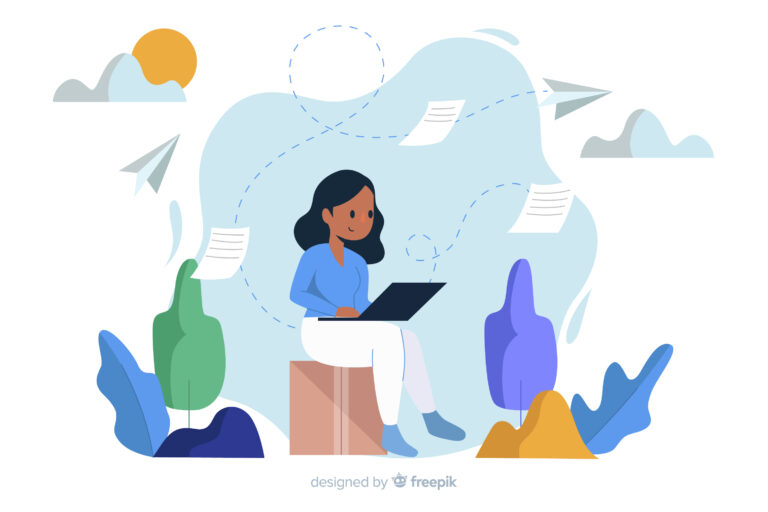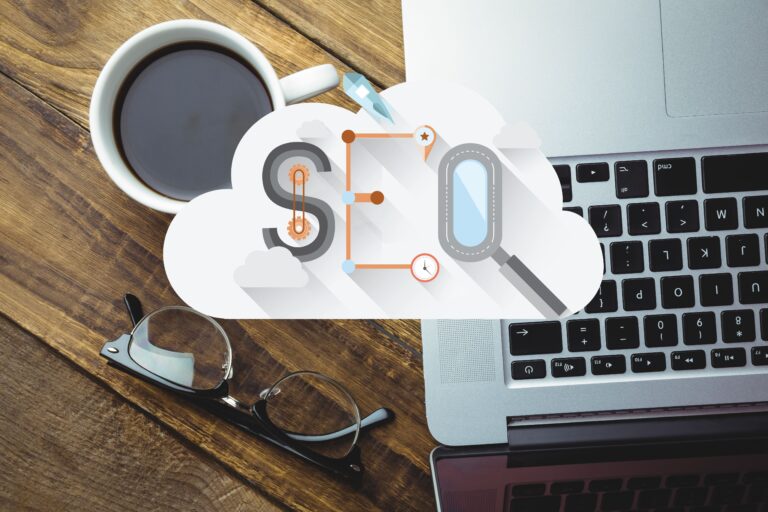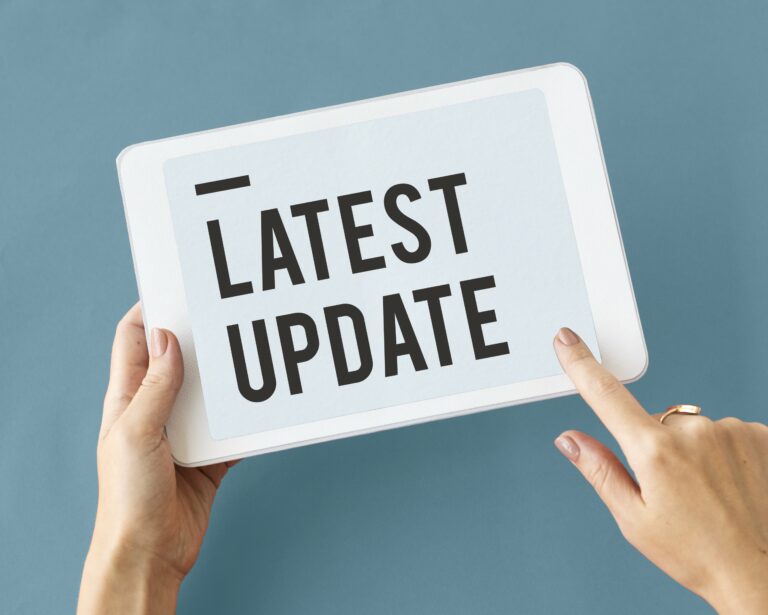Email marketing campaigns have become an indispensable part of any company’s digital marketing strategy. It is a way to directly communicate with potential and existing customers through their respective email addresses.
This method is highly effective, as it gives companies the ability to personalize the content that they disseminate to their customers. Email marketing, by definition, is the use of email to promote products or services while simultaneously developing relationships with potential and existing customers.
Through this method, companies can build brand awareness, acquire new customers, increase product sales, and drive repeat business. Email marketing serves as a direct link to customers, and with good strategy and execution, an email can effectively persuade a recipient to take desirable action.
The importance of email marketing campaigns is apparent. It is an effective way to reach out to new and existing customers, increase sales, and maintain relationships with them.
When done correctly, it can lead to loyal customers who will not only continue using the products or services offered but will also become brand advocates and refer others to the company.
The right email marketing campaign type can make all the difference. In the following sections, we will take a closer look at different types of email campaigns and provide examples of successful campaigns.
So buckle up, keep your seatbelts on, and let’s dive deep into the world of email marketing campaigns!
📧 Newsletters
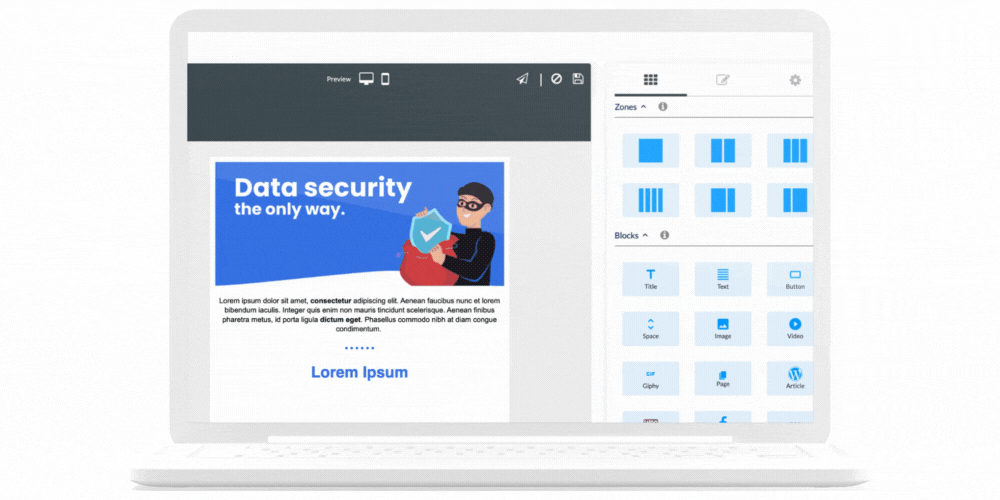
Ah, newsletters. The classic email marketing campaign type that never seems to go out of style. But what exactly is a newsletter?
It’s like those annoying yet informative emails you get from your parents every week, just without the guilt trip.
The main purpose of a newsletter is to keep your audience up to date with your business. Whether it’s news, events, or promotions, newsletters serve as a way to provide value to your subscribers and keep them engaged.
But the real question is, how do you make sure your newsletter stands out in a sea of cluttered inboxes?
First off, make sure your newsletter is visually appealing and easy to read.
No one wants to sift through a wall of text just to find out what you’re offering. Use images, infographics, and even GIFs to break up your content and keep it interesting. And don’t forget to make it mobile-friendly more than half of all emails are opened on a mobile device. Next, keep your content relevant and valuable.
No one is going to stay subscribed to your newsletter if all you do is talk about yourself. Provide industry news, relevant articles, and useful tips for your subscribers. Make them feel like they’re getting access to exclusive information. Lastly, track your metrics to see what’s working and what’s not.
Are your open rates and click-through rates declining?
Time to switch things up. Take note of which types of content are performing the best and double down on those. And don’t be afraid to experiment, try out different subject lines, send times, and call-to-actions to see what resonates with your audience.
Need some inspiration for successful newsletter campaigns?
Take a look at newsletter pros like Morning Brew, TheSkimm, and Really Good Emails. Learn from their strategies and make them your own. We wrote an article on how you can find idea content for successful email marketing campaigns.
💌 Promotional Emails
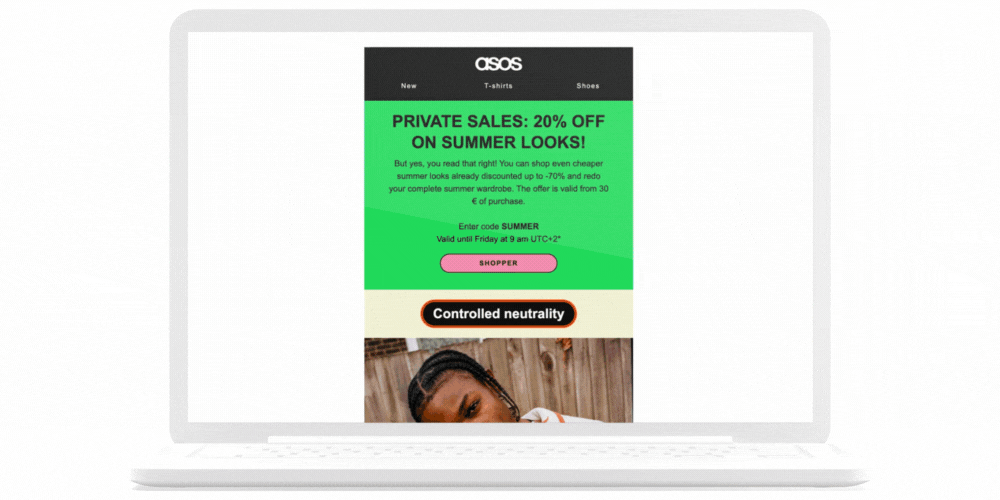
Promotional Emails: Let us be clear on one thing, promotional emails are not just self-promotion disguised as an email.
It is so much more than that. It can be used to curate content that is relevant to the readers, announce new products or sales, or even just to remind them that you care. But let’s be real, no one wants an email that just screams, “BUY BUY BUY,” right? It’s all about being strategic with your content.
Whether you want to send exclusive discounts, limited-time promotions or just plain old information – always make it valuable. It should not sound like a chore to read, no one wants that in their inbox.
Personalisation is key, so always try and understand your audience. Craft a message that resonates with them and hooks them in. When done correctly, it can lead to high open rates and click-through-rates. Now, let’s talk about strategies.
Sending a promotional email on a Monday morning is not the same as sending one on a Friday evening. Consider your audience and when they are most likely to open an email. Your subject line should also be catchy enough to pull the reader towards opening your email.
Nobody wants to open emails with subject lines that read “10% off”. Stand out of the crowd, get imaginative with subject lines and use quirky or witty phrases. Take inspiration from companies like ASOS. They have an incredible sense of humor when it comes to sending emails that entice you to come back and shop. You can also consider creating a sense of urgency with your emails.
This could be through offers that expire and limited stock. It’s all about creating FOMO (Fear of missing out). The bottom line is, your promotional emails should be well crafted, personalized and sent out at the right time. If you’re able to find the right balance then you’re on your way to seeing some serious sales.
🎯 Triggered Emails
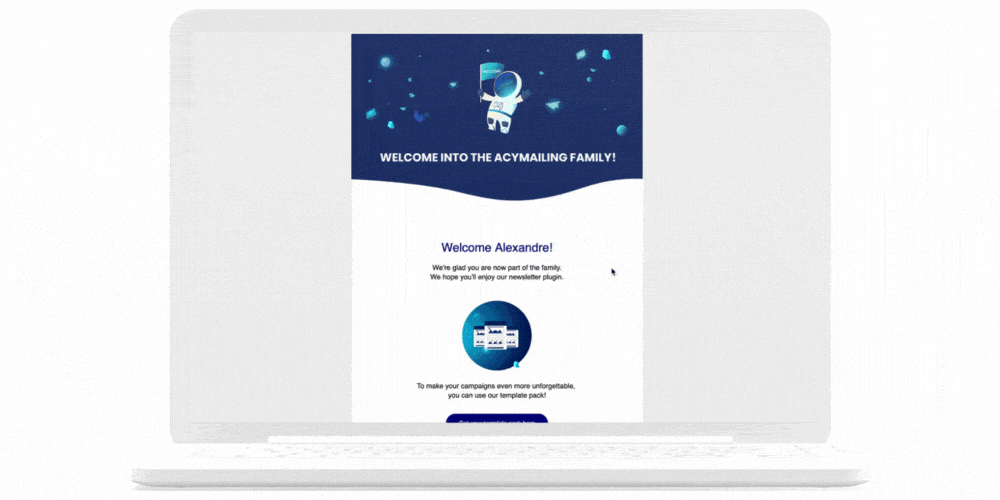
When it comes to email marketing campaigns, triggered emails are a powerful tool that should not be overlooked. These emails are specifically designed to be sent in response to a specific action or behavior from a customer.
The goal is to provide a personalized experience that engages the customer and encourages them to take further action.
One type of triggered email is the welcome email, which is sent to new subscribers to your email list.
This type of email is a great opportunity to introduce your brand, set expectations for future emails, and provide an incentive for the subscriber to take action, such as making a purchase or completing their profile.
Another type of triggered email is the cart abandonment email. This is sent to customers who added items to their online shopping cart but did not complete their purchase. This email can remind the customer of the items they left behind and provide an incentive such as a discount code to encourage them to complete their purchase.
Triggered emails have several advantages that make them an essential part of any email marketing campaign. First and foremost, they are highly personalized, making them more effective in engaging customers.
Additionally, triggered emails can increase customer loyalty by showing that your brand is attentive and cares about the customer’s experience. Successful triggered email campaigns can take many forms, but there are a few key strategies that consistently produce positive results.
One strategy is to leverage the power of dynamic content to provide recommendations based on the customer’s past behavior. Another strategy is to use urgency and scarcity to encourage the customer to take immediate action.
One successful example of a triggered email campaign is from Booking.com. They send a personalized email to customers who have viewed a hotel but have not yet booked a stay.
The email provides a discount code and highlights the benefits of booking through their website, such as free cancellation.
This simple but effective email has generated significant revenue for the company. In conclusion, triggered emails are a crucial tool in any email marketing campaign.
They provide a highly personalized experience that engages customers and encourages them to take action.
By leveraging the power of dynamic content and creating a sense of urgency, you can create successful campaigns that generate revenue and build customer loyalty.
📢 Announcements

Defining announcement emails: Announcement emails are an excellent way to keep your subscribers in the loop regarding company news, product releases, and promotions.
These emails are sent to the entire subscriber list and are designed to create excitement and a sense of urgency among your readers.
With a well-planned announcement email, you can boost your sales and increase your brand awareness.
Creating and distributing announcement emails:
When creating announcement emails, you should focus on creating an attention-grabbing subject line. Your email should also be visually appealing and easy to navigate. Make sure the body of the email is concise and to the point. Don’t forget to include a clear call-to-action, which can direct your subscribers to your website or a landing page.
Once you have created your announcement email, you can distribute it via your email marketing platform like AcyMailing.
Before sending it out, ensure that your audience segments match with the content of your email to increase engagement. You should also test your email on different devices and platforms to ensure that it looks good and works correctly on all devices.
Examples of successful announcement email campaigns:
One excellent example of an effective announcement email campaign is the product launch email sent by Apple. The brand did a great job of building hype around the release of its new product. The email was simple and focused on the product features, with excellent visuals showcasing the product.
Another successful announcement email campaign was the online retailer ASOS announcing their Mid-Season Sale. The email was visually stunning, using eye-catching graphics to highlight the discount and attract subscribers’ attention. The email was clear and concise, providing all the information subscribers needed to take advantage of the sale.
In conclusion, announcement emails can be an incredibly effective way of engaging with your subscribers and driving sales.
Ensure you keep your message clear and concise, create attention-grabbing visuals, and include a clear call-to-action. With these tips, you’re well on your way to creating a successful announcement email campaign.

🛒 Cart Abandonment Emails
You know how it is – you’re shopping online, adding things to your cart like you’re the queen (or king) of shopping. But then, for whatever reason, you get distracted. Maybe the cat jumps on your lap, or you get a phone call from your bestie.
And before you know it, poof! Your shopping cart is forgotten. It’s a shopper’s nightmare, but it happens all the time. That’s where cart abandonment emails come in.
Cart abandonment emails are sent to shoppers who have added items to their cart but haven’t completed the checkout process.
These emails are a smart way to remind shoppers about their potential purchase and encourage them to complete the transaction. So, how do you send a cart abandonment email that doesn’t freak out your customers? First, it’s important to be timely.
Don’t wait too long after the shopper abandons their cart before sending out the email. Strike while the iron is hot! A good timeframe is within 24 hours.
Second, make sure your email is helpful and not overly salesy. Offer the shopper some options, like a reminder of what they left in their cart or some related products they might like.
Personalise the email as much as possible – using the shopper’s name is a no-brainer.
Make sure your email is mobile-friendly – a lot of shoppers will be checking their inbox on their phone.
Finally, make sure you A/B test your cart abandonment emails to see what works best. Try different subject lines and call-to-action (CTA) buttons. Track your metrics and see what kind of impact your emails are having.
Your goal is to recover those lost sales, so make sure you’re doing everything you can to encourage shoppers to complete their purchases. Some companies have had great success with their cart abandonment emails.
For example, Reebok sent out a cart abandonment email with the subject line “WAIT… Do these items still rock your world?” The email included images of the abandoned items, and a prominent CTA button that read “Continue Shopping”.
The email had a conversion rate of 29% – not too shabby! So, if you’re looking to recover lost sales and make the most of your email marketing campaign, don’t overlook the humble cart abandonment email.
With a little bit of creativity and the right approach, you can win back those shoppers and turn abandoned carts into successful transactions.
👤 Re-engagement Campaigns
Who doesn’t like a second chance, am I right? Re-engagement campaigns offer just that – a chance to reconnect with your subscribers who may have lost interest in your brand over time.
Re-engagement campaigns are designed to target subscribers who may be disengaged or inactive.
The goal is to bring these subscribers back into the fold and encourage them to become active and engaged once again.
Strategies for re-engagement campaigns include taking a personalized approach, such as sending customized emails that show subscribers that you value their business and want to regain their attention.
Another approach is to offer incentives and discounts to encourage subscribers to respond and stay engaged with your emails.
One successful example of a re-engagement campaign comes from Lyft. Their campaign targeted inactive users with an email offering a discount on their next ride.
Lyft’s re-engagement campaign resulted in a 7.5% increase in reactivated users. Another great example comes from Grammarly.
They sent an email to inactive users offering a discount on their premium service. This re-engagement campaign resulted in a 400% increase in click-through rates.
In conclusion, re-engagement campaigns can be an effective way to win back inactive subscribers.
By taking a personalized approach, offering incentives, and designing a campaign that speaks directly to the needs and interests of your subscribers you can encourage them to become active and engaged once again.
Remember, in email marketing, it’s all about building relationships and providing value to your subscribers.
🔚 Conclusion
Now you should have a pretty good idea of the different types of email marketing campaigns available to you and how to use them to your advantage.
Remember, the type of email campaign you choose can make or break your marketing strategy. So, it’s important to select the right campaign type based on your marketing goals, target audience, and message.
Some key takeaways for a successful email marketing campaign include crafting attention-grabbing subject lines, segmenting your email list for personalized content, using clear and concise language, and keeping your emails mobile-friendly.
Now, as you go forth and conquer the world of email marketing, remember that your creativity and personality can go a long way in engaging your audience.
So don’t be afraid to let your quirky side shine through in your emails.
With the right campaign type, a dash of humor, and some strategic planning, you can create email campaigns that are both effective and enjoyable for your subscribers.
read also : Best time and day to send email newsletters in 2023


